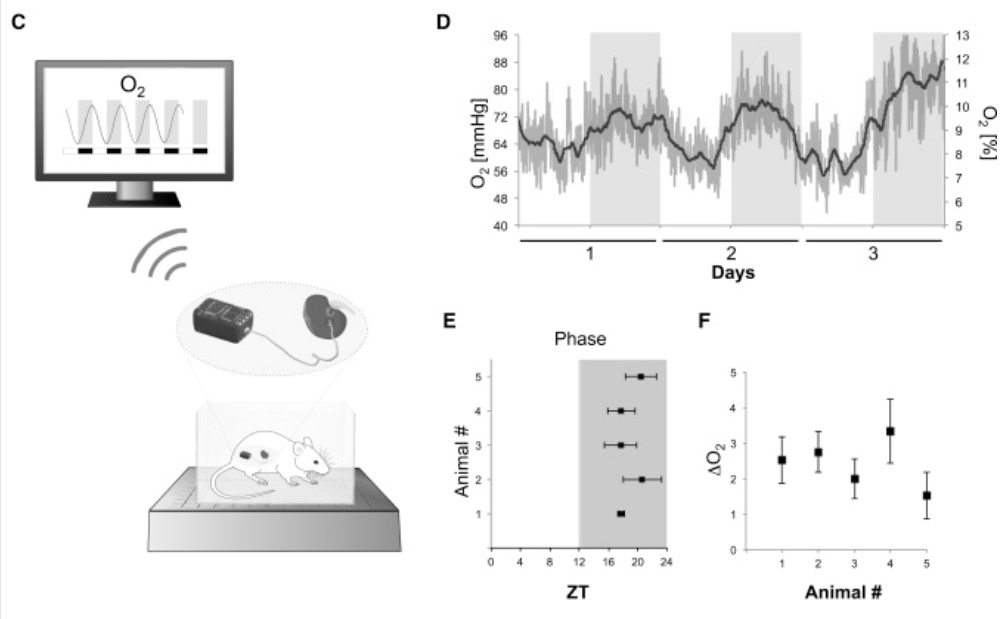If the results of a new study of mice by scientists at the Weizmann Institute of Science in Israel and the University of Bristol in England prove to be extendable to humans, the end of jet lag may be in sight.
Working with the theory that oxygen plays a key role in keeping mammals’ circadian rhythms in sync, the research team modulated the mice’s oxygen intake. And when the mice breathed air with less than the normal amount of oxygen, they were better able to adapt to a six-hour time change.
Per the study, published in the journal Cell Metabolism: “We conclude that oxygen, via HIF1α activation, is a resetting cue for circadian clocks and propose oxygen modulation as therapy for jet lag.”
Assuming that humans would react similarly to mice, as the researchers clearly do, reducing the amount of oxygen onboard long-haul airline flights would go a long way toward mitigating the discomfort and disorientation of jet lag.
The study notes, in an aside, that airlines are currently looking for ways to increase the oxygen levels during flight. “This should be reconsidered in view of the beneficial effect of reduced oxygen levels in jet lag recovery that are reported here.”
Reader Reality Check
Sound like a plan?
After 20 years working in the travel industry, and almost that long writing about it, Tim Winship knows a thing or two about travel. Follow him on Twitter @twinship.
This article first appeared on SmarterTravel.com, where Tim is Editor-at-Large.


Leave a Reply